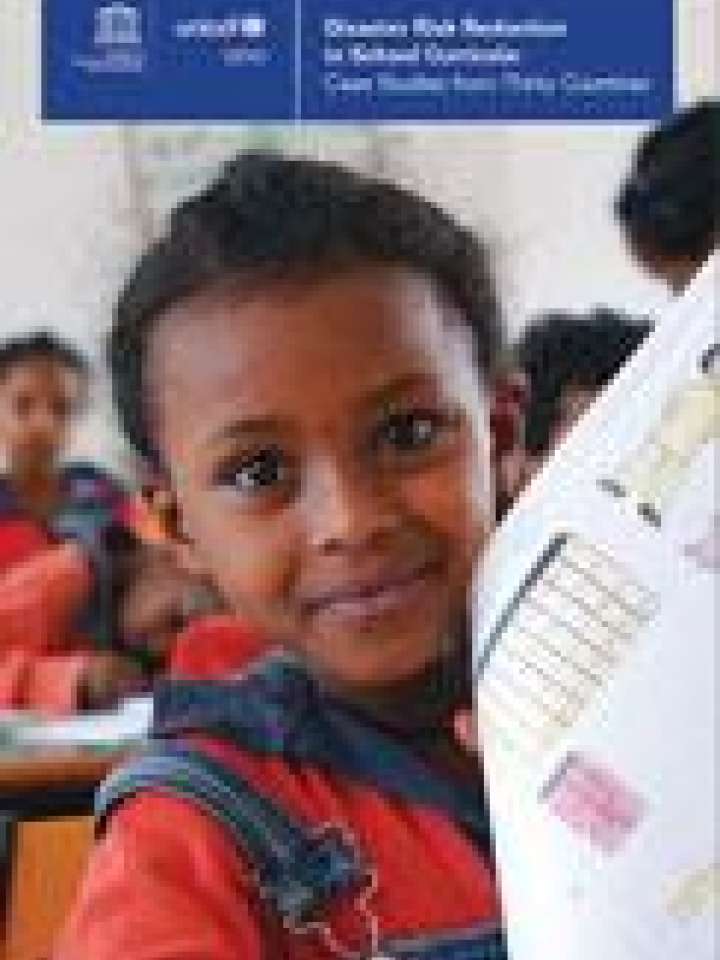Disaster risk reduction in school curricula: case studies from thirty countries
This publication captures key national experiences in the integration of disaster risk reduction (DRR) in the curriculum, identifying good practice, noting issues addressed or still lacking, and reviewing learning outcomes. The study researched DRR related curriculum development and integration, pedagogy, student assessment, teacher professional development and guidance, learning outcomes and policy development, planning and implementation aspects covering thirty countries.
It asserts that while education systems are greatly affected by disaster, they are also key to reducing risk and strengthening disaster resilience. Quality education can deliver life-saving and life sustaining knowledge, skills, and attitudes that protect children and young people during and after emergencies.
Sections include: (i) Introduction; (ii) methodology; (iii) disaster risk reduction in curriculum; (iv) approaches to integrating disaster risk reduction in the curriculum; (v) towards a pedagogy of disaster risk reduction (vi) disaster risk reduction learning: assessment of students (vii) teacher professional development in disaster risk reduction education (viii) disaster risk reduction education: learning outcomes; (ix) integrating disaster risk reduction in the curriculum: other aspects of policy, planning and implementation; (x) the case studies; (xi) checklist of optimal DRR curriculum practice.
Explore further
